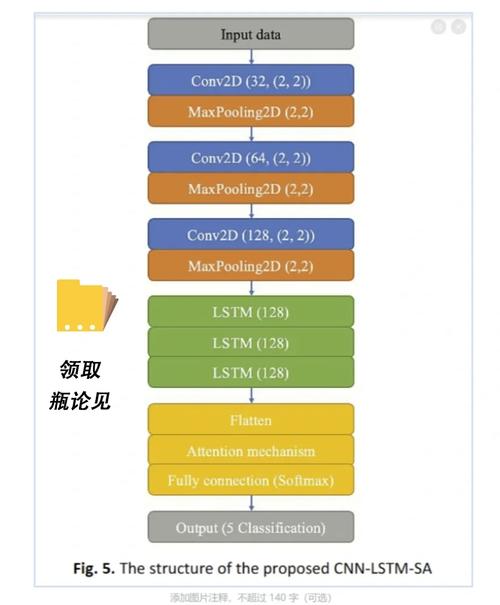Understanding the Relationship Between m3 and Ton
Have you ever wondered about the connection between cubic meters (m3) and tons? If you’re involved in shipping, construction, or any field that deals with volume and weight, this relationship is crucial. Let’s delve into the details of m3 and ton, and how they are related.
What is m3?
The cubic meter (m3) is a unit of volume in the metric system. It represents the amount of space occupied by a cube with sides of one meter. To visualize this, imagine a box that is 1 meter long, 1 meter wide, and 1 meter high. The volume of this box is one cubic meter. The symbol for cubic meter is m3, and it is widely used in various fields, including construction, shipping, and engineering.

What is a Ton?
A ton is a unit of mass or weight. It is commonly used in the United States and some other countries. There are two types of tons: the short ton and the long ton. In the United States, a short ton is equal to 2,000 pounds, while a long ton is equal to 2,240 pounds. For the purpose of this article, we will focus on the short ton, which is the most commonly used in shipping and construction.
The Relationship Between m3 and Ton
The relationship between m3 and ton is based on the density of the material being measured. Density is defined as the mass of a substance per unit volume. In other words, it is a measure of how much mass is packed into a given space. The formula for density is:Density = Mass / VolumeIn the case of m3 and ton, the relationship can be expressed as:Density (tons/m3) = Mass (tons) / Volume (m3)This means that if you know the density of a material, you can calculate the mass in tons by multiplying the volume in m3 by the density. Conversely, if you know the mass in tons and the volume in m3, you can calculate the density by dividing the mass by the volume.
Example
Let’s say you have a container that holds 10 cubic meters of water. The density of water is approximately 1 ton/m3. To calculate the mass of the water in tons, you would multiply the volume by the density:Mass (tons) = Volume (m3) x Density (tons/m3)Mass (tons) = 10 m3 x 1 ton/m3Mass (tons) = 10 tonsSo, the container holds 10 tons of water.
Applications of m3 and Ton
The relationship between m3 and ton is essential in various applications, such as:
| Field | Application |
|---|---|
| Shipping | Calculating the volume and weight of cargo for shipping purposes |
| Construction | Estimating the amount of materials needed for a project |
| Engineering | Designing structures and systems that involve volume and weight calculations |
| Environmental Science | Measuring the volume of pollutants in water bodies |
Conclusion
Understanding the relationship between m3 and ton is crucial in various fields. By knowing the density of a material, you can easily convert between volume and weight, which is essential for planning, design, and execution of projects. Whether you’re in shipping, construction, or any other field that deals with volume and weight, being familiar with this relationship will help you make informed decisions.













